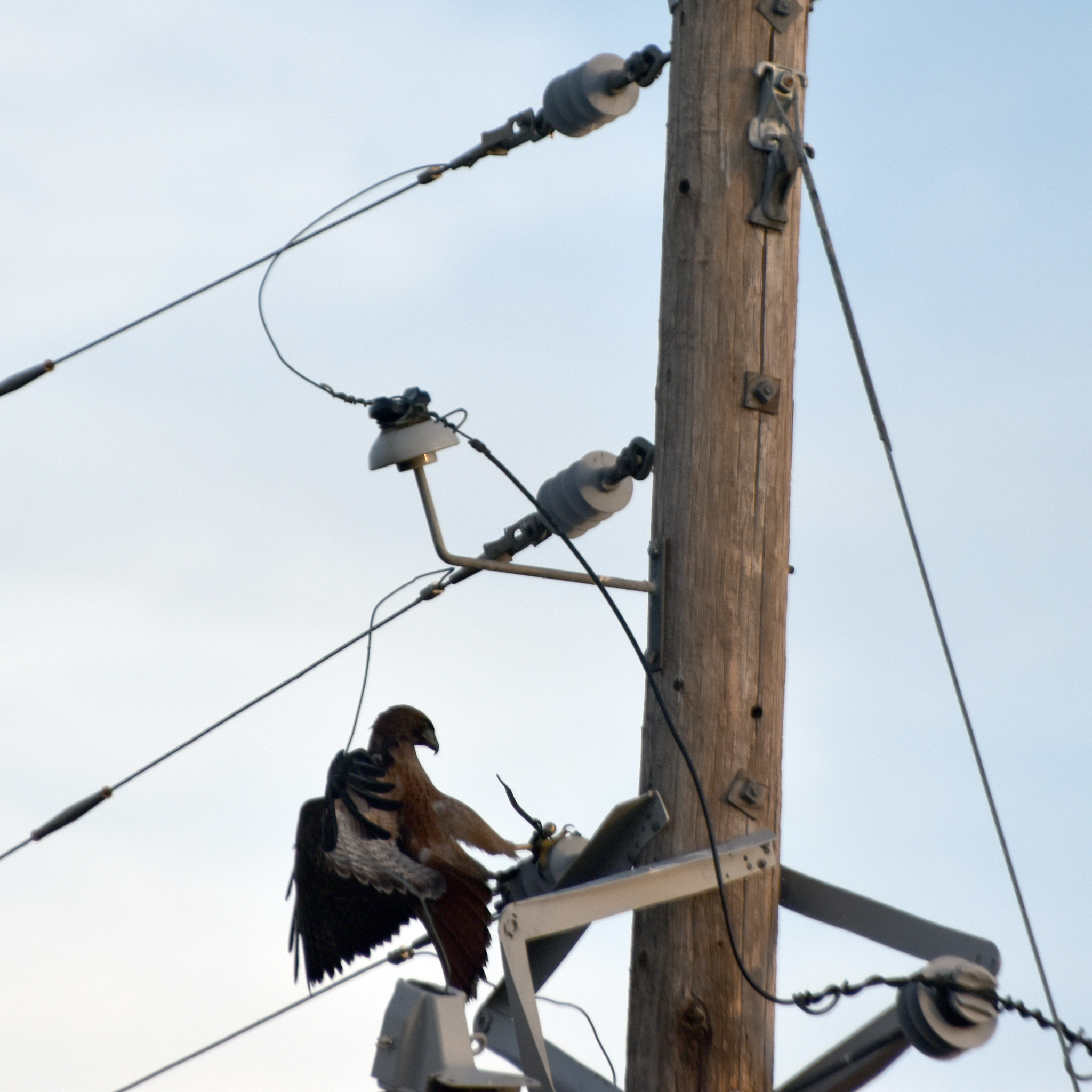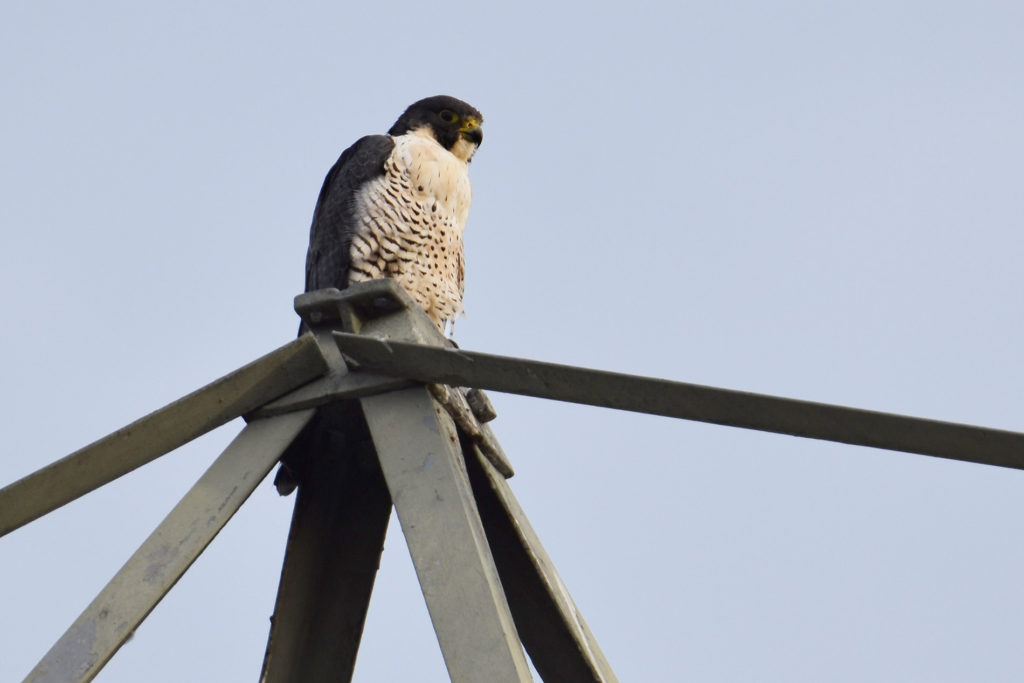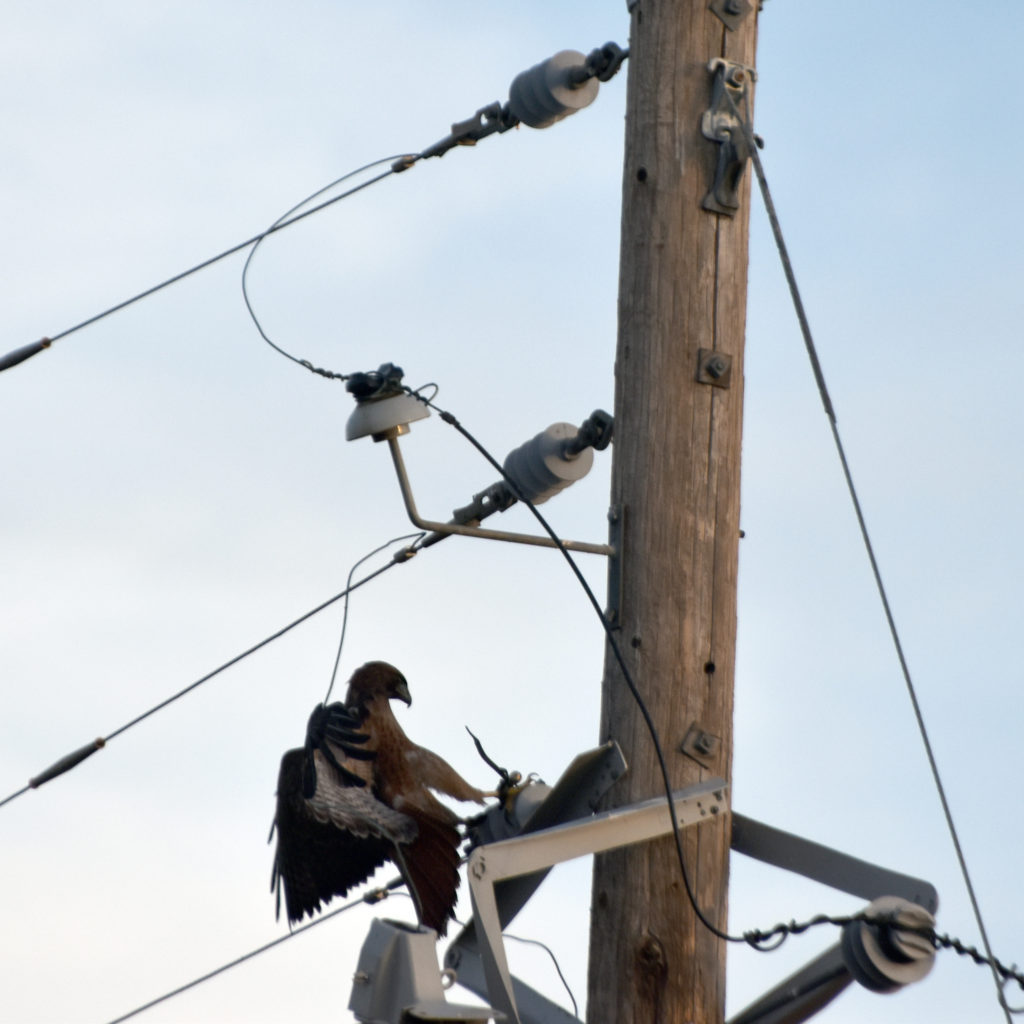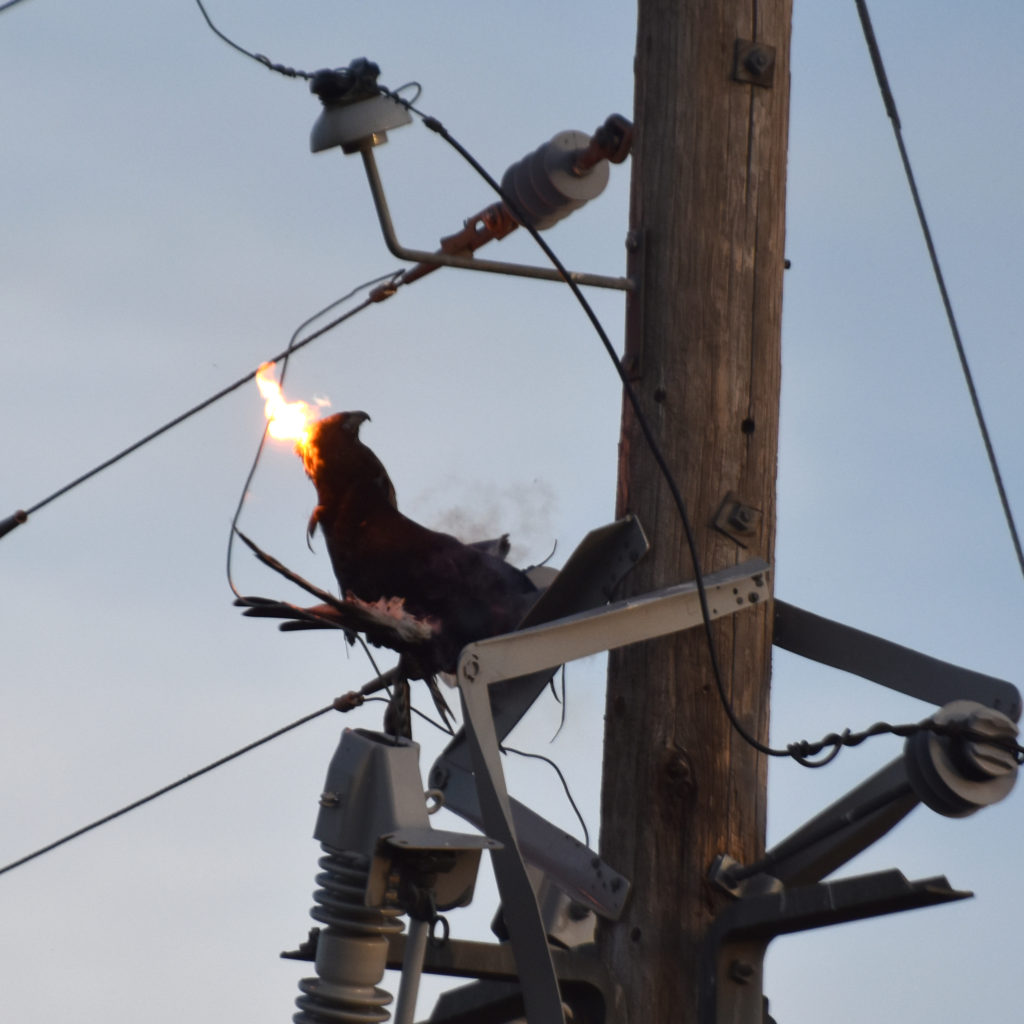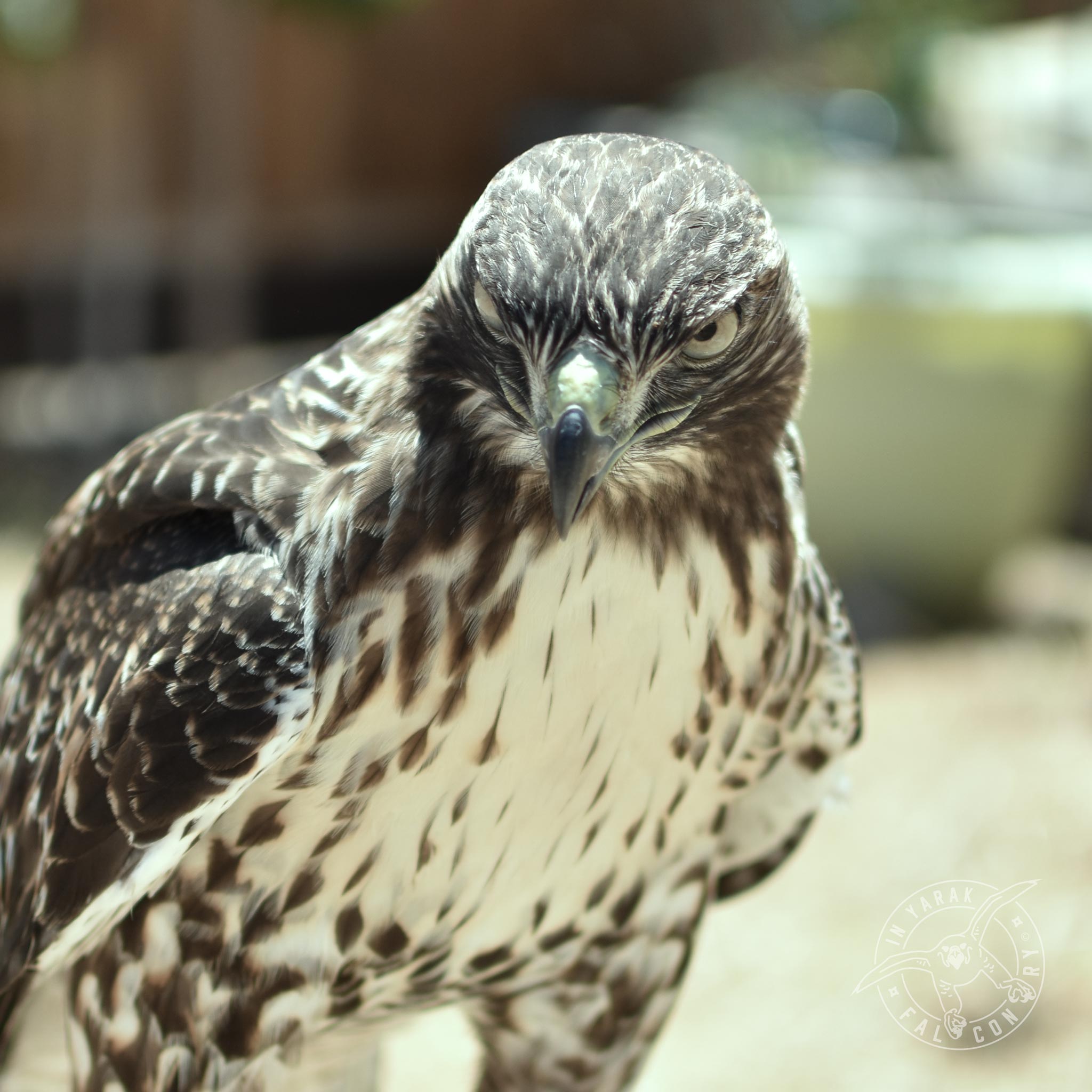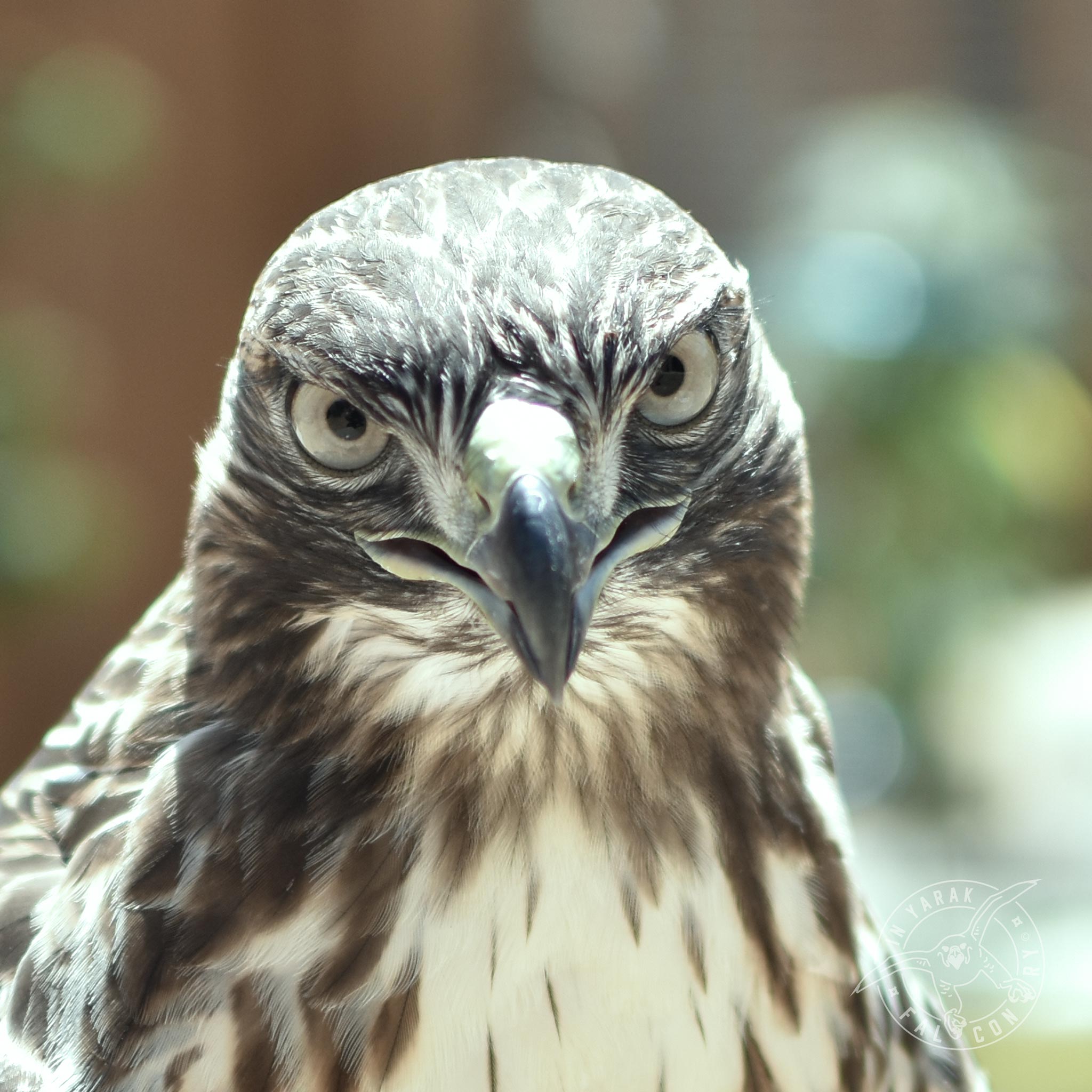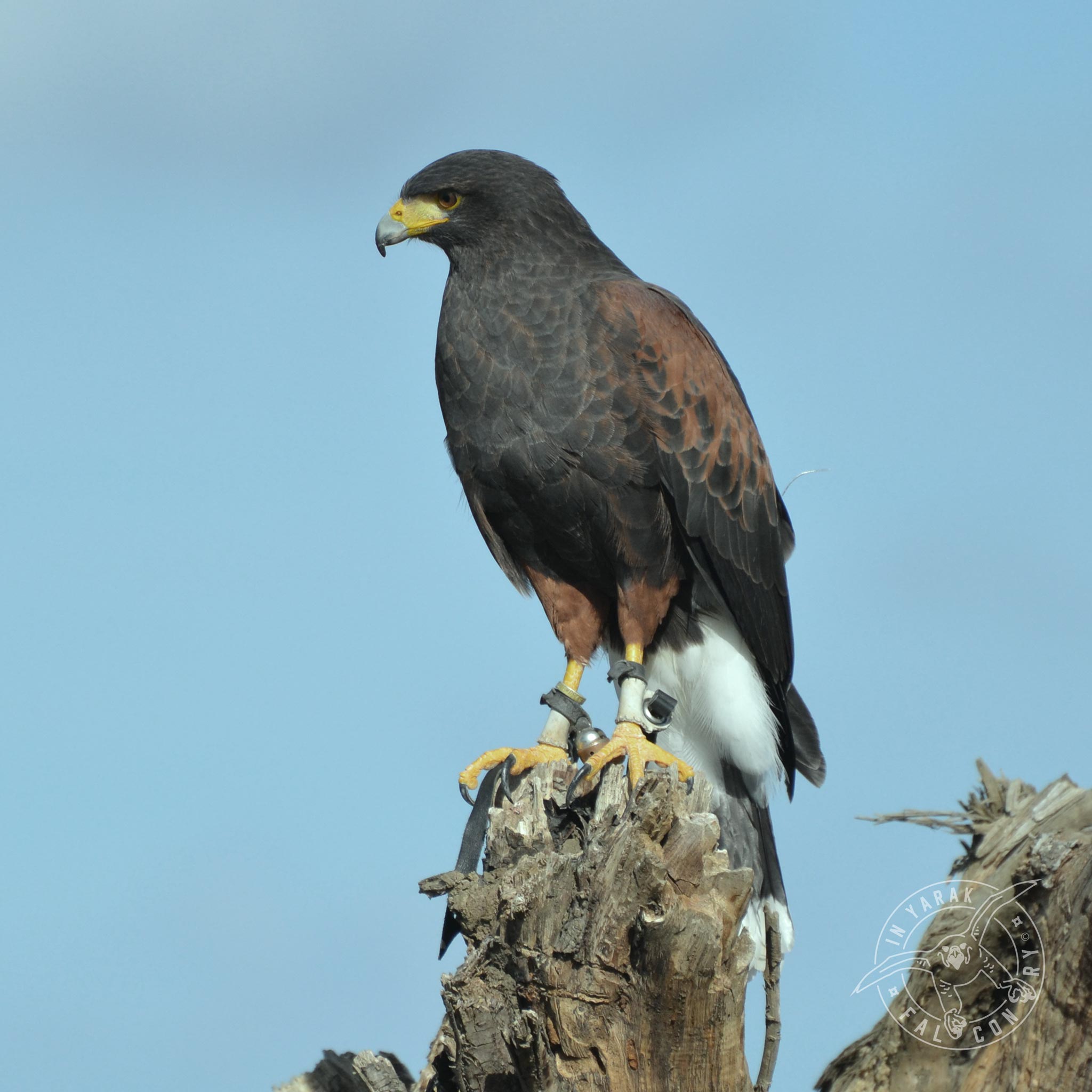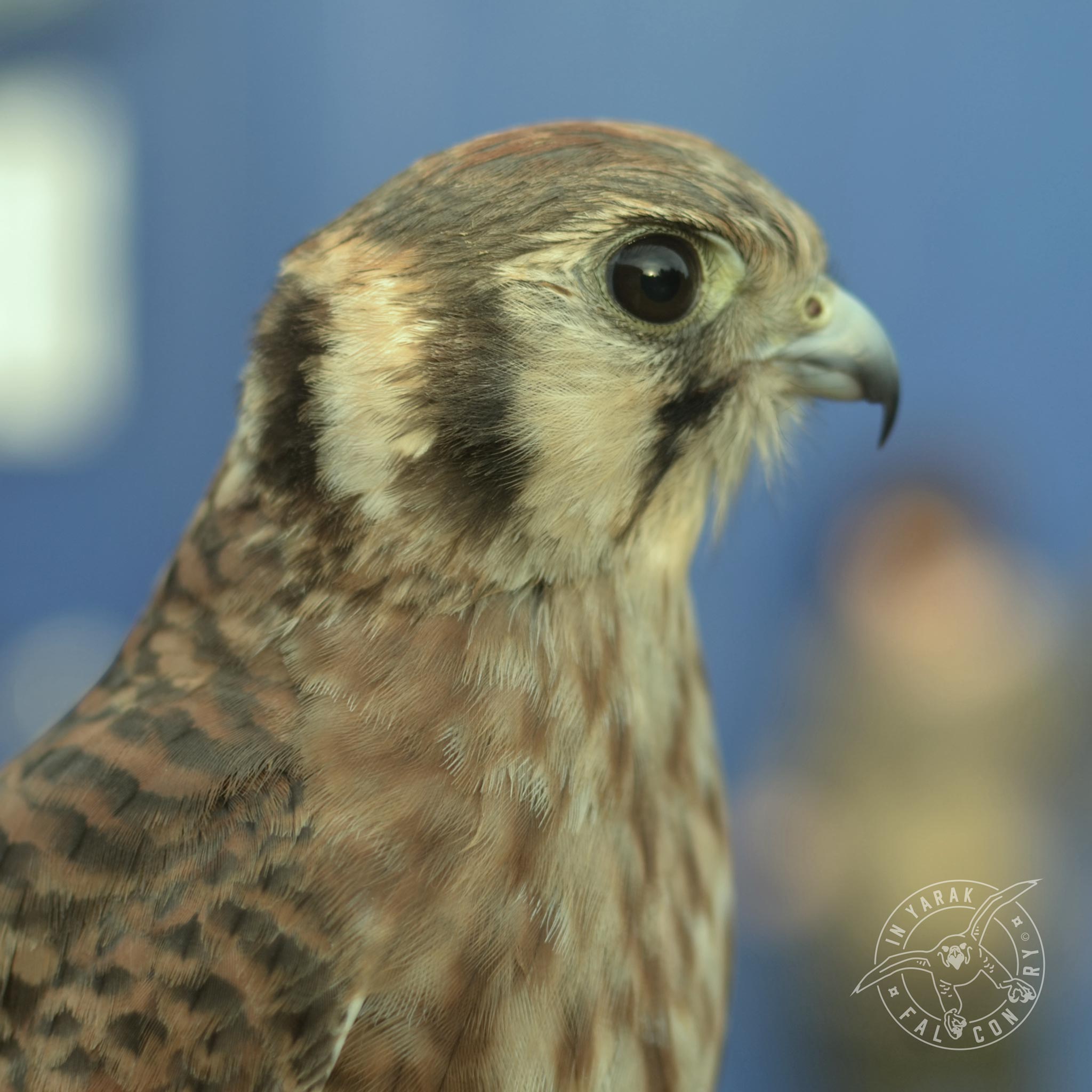These are some of the books that I have either read or will be reading and some of my thoughts on them from a Falconer’s perspective. These are fiction books, there seem to be 100 times as many self-help falconry books that I would like to catalog later.
I mostly consume these falconry books by listening to the audiobooks. Often times while manning, training, driving to fields or even while hunting with my hawk.
My Side of the Mountain (Mountain, #1)
by Jean Craighead George
Good Reads Rating 4.05 — 58,114 ratings
published 1959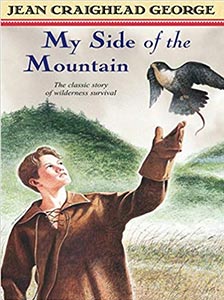 This book follows a boy named Sam who runs away and becomes self-sufficient in the mountains and learns and trains a peregrine falcon. Later turned into a movie, My Side of the Mountain has some basic falconry knowledge but is mostly about Sam’s adventures in the woods, the animals and the few interactions with other humans. Also, this internet meme.
This book follows a boy named Sam who runs away and becomes self-sufficient in the mountains and learns and trains a peregrine falcon. Later turned into a movie, My Side of the Mountain has some basic falconry knowledge but is mostly about Sam’s adventures in the woods, the animals and the few interactions with other humans. Also, this internet meme.
My Rating: ???/5 (I probably should give it 3.5, It just wasn’t exciting enough for me).
On the Far Side of the Mountain (Mountain, #2)
by Jean Craighead George
Good Reads Rating 3.89 — 7,992 ratings
published 1990 (31 years after the first book)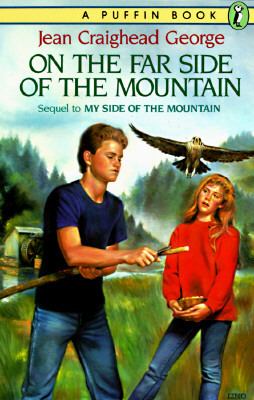 2 years later Sam goes looking for his sister and Frightful his falcon. Frightful is also the name of a falcon in the book Hawkmaiden (Spellmonger Cadet, #1). I wonder what’s going on there.
2 years later Sam goes looking for his sister and Frightful his falcon. Frightful is also the name of a falcon in the book Hawkmaiden (Spellmonger Cadet, #1). I wonder what’s going on there.
My Rating: ????/5
The Goshawk
by T.H. White
Good Reads Rating 3.89 — 1,104 ratings
published 1951 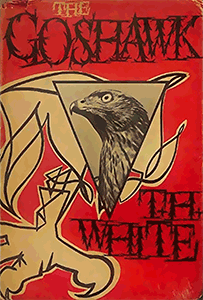 T.H. White is the same author who wrote The Once and Future King, Sword in the Stone and other literary classics. I wouldn’t call this a manual, nor is it fiction. It is a non-fiction book that has amazing realistic insight into what it is like to man, train, free-fly, and hunt with a goshawk. The imagery in White’s words is right on. I can perfectly see the bird’s reactions and mannerisms as if looking at my own bird’s mannerisms. T.H. doesn’t embellish or vier from what actually happened. It took him years of convincing by others to publish this. He was embarrassed by the numerous mistakes he made training his first hawk. Bonus points for that White.
T.H. White is the same author who wrote The Once and Future King, Sword in the Stone and other literary classics. I wouldn’t call this a manual, nor is it fiction. It is a non-fiction book that has amazing realistic insight into what it is like to man, train, free-fly, and hunt with a goshawk. The imagery in White’s words is right on. I can perfectly see the bird’s reactions and mannerisms as if looking at my own bird’s mannerisms. T.H. doesn’t embellish or vier from what actually happened. It took him years of convincing by others to publish this. He was embarrassed by the numerous mistakes he made training his first hawk. Bonus points for that White.
My Rating: ?????/5
H is for Hawk
by Helen Macdonald
Good Reads Rating 3.73 — 51,663 ratings
published 2014 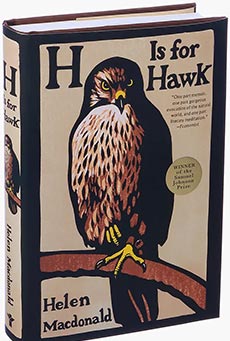 Helen has been a bird nerd and had dabbled in falconry since she was a little girl. Since the passing of her father, she tries her hand at becoming an austringer. Buys a tiercel passage goshawk and begins to train this semi-difficult accipiter. The most interesting part about this book isn’t her relationship with her past father, it’s the love/hatred for T.H. White’s book The Goshawk. The only thing you can get two falconers to agree on is that the third falconer is doing it wrong.
Helen has been a bird nerd and had dabbled in falconry since she was a little girl. Since the passing of her father, she tries her hand at becoming an austringer. Buys a tiercel passage goshawk and begins to train this semi-difficult accipiter. The most interesting part about this book isn’t her relationship with her past father, it’s the love/hatred for T.H. White’s book The Goshawk. The only thing you can get two falconers to agree on is that the third falconer is doing it wrong.
I learned some falconry history and some of the stories were interesting. I didn’t feel for her the hawk, her depression or solitude. Reading The Goshawk prior to reading H is for Hawk is something I would suggest as it was referenced a lot. She does an excellent job of describing the bird’s mannerisms, her vocabulary and writing style is top-notch. I just feel like Macdonald was trying to outdo T.H. White’s experience with his goshawk in the 1930s. An updated version of The Goshawk with a twist of depression. Valliant effort Helen! Congratulations on the number of awards, this book deserves them.
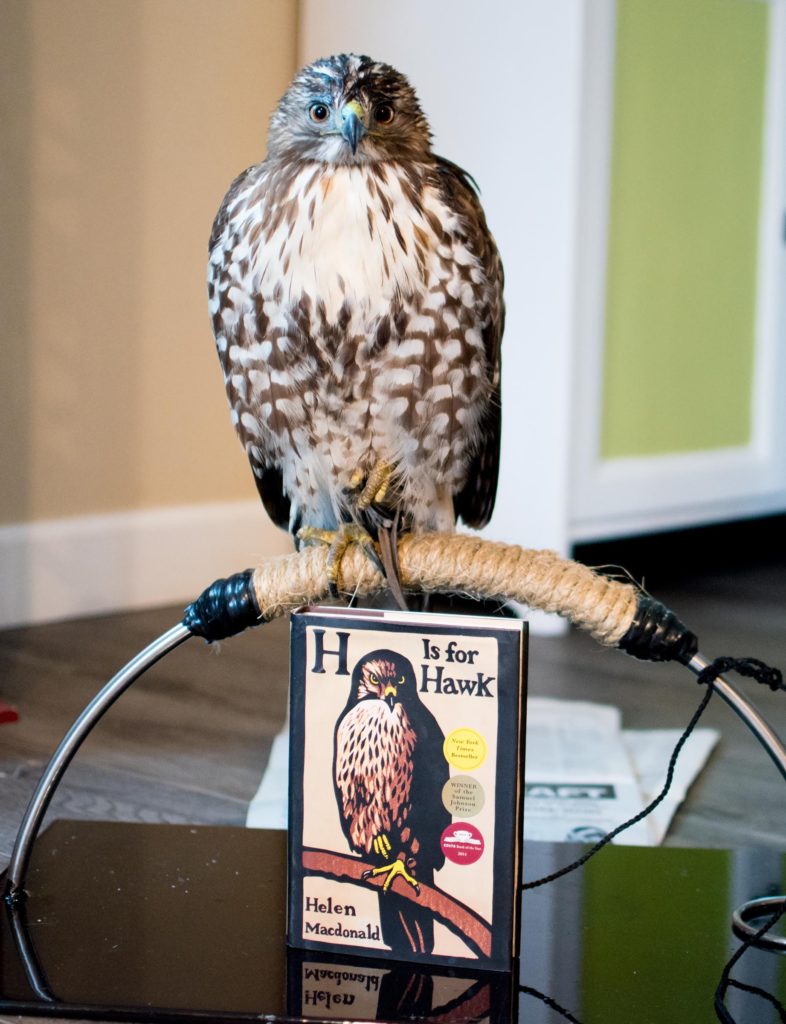
Also: Helen Macdonald and PBS put on a great series about training a Goshawk for falconry with a new second goshawk years after this book.
MyRating: ????/5
Hawkmaiden Spellmonger Cadet, Book 1
by Terry Mancour
Good Reads Rating 4.33 — 560 ratings
Published 2015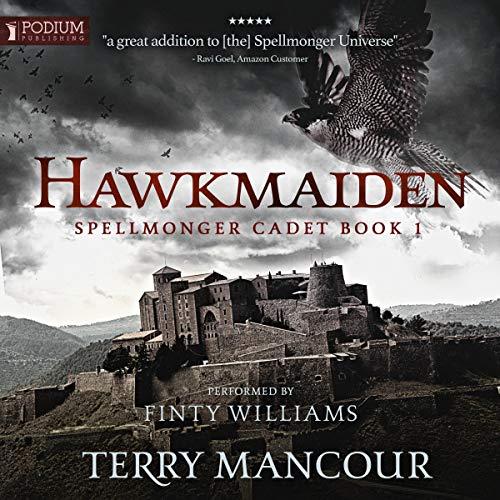 A story about a young girl who gets enamored by a ‘Silver Headed Raptor’ (I’m pretty sure this was modeled after a peregrine falcon.) Dara has to have this bird, yet she would have to get it from an impossible location and if she manages that, she will have to train the bird in secret. Dara of Westwood may have a made up hawk but, she uses a lot of real-world falconry techniques to train her bird. Dara also finds out that she has other talents that are non-falconry related.
A story about a young girl who gets enamored by a ‘Silver Headed Raptor’ (I’m pretty sure this was modeled after a peregrine falcon.) Dara has to have this bird, yet she would have to get it from an impossible location and if she manages that, she will have to train the bird in secret. Dara of Westwood may have a made up hawk but, she uses a lot of real-world falconry techniques to train her bird. Dara also finds out that she has other talents that are non-falconry related.
My Rating ???/5
Hawklady Spellmonger Cadet, Book 2
by Terry Mancour
Good Reads Rating: 4.49 — 319 ratings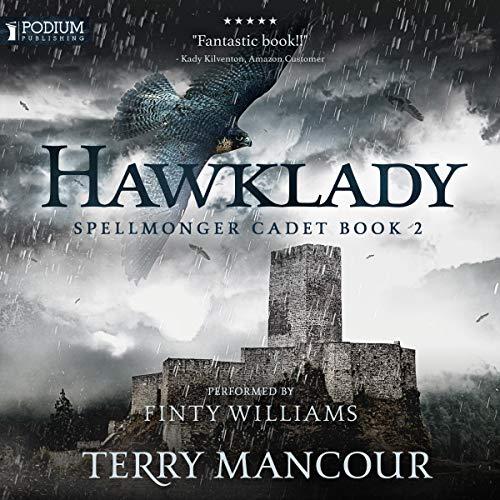 A continuation of the first book Hawkmaiden. I started reading it, less about falconry and more about magic so far.
A continuation of the first book Hawkmaiden. I started reading it, less about falconry and more about magic so far.
My Rating: ❓/5 (I haven’t read it yet)
Sky Rider Spellmonger Cadet #3
by Terry Mancour
Good Reads Rating: 4.57 — 207 ratings
A continuation of the first series Hawkmaiden. I have yet to read it.
My Rating: ❓/5 (I haven’t read it yet)
Let me know if there are any books that you think deserve to be on this list. I’m always looking for a good recommendation. Drop a comment if you have falconry book suggestions or a differing opinion from my succinct/brief reviews.
Should these books inspire you to think about starting falconry…


